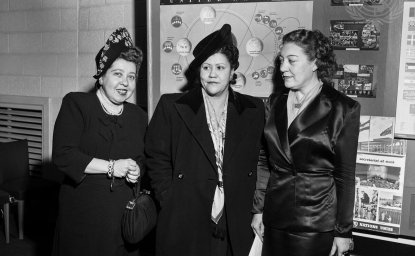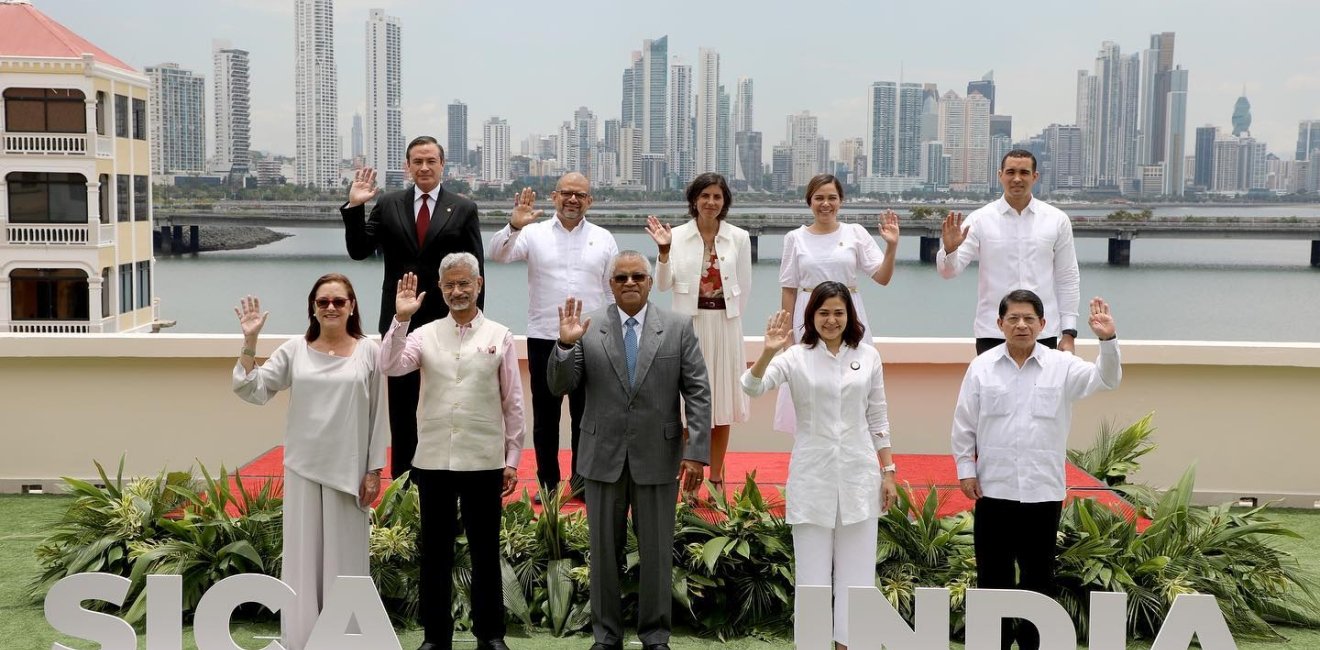
A blog of the Latin America Program
The corridors of New Delhi’s South Block, which houses the offices of India’s prime minister and foreign minister, are buzzing with chatter about a rare topic in recent days: Latin America.
That is thanks to Foreign Minister S. Jaishankar’s recent visit to four countries in the region, Guyana, Panama, Colombia and the Dominican Republic. Latin America has received this much attention from India perhaps only twice before, during Prime Minister Indira Gandhi’s visit to eight countries in the region in 1968, and again last August, during Jaishankar’s visit to Brazil, Argentina and Paraguay.
In fact, to most Indian diplomats, the acronym LAC, a common abbreviation for Latin America and the Caribbean, instead stands for the Line of Actual Control between India and China.
Equally notable is that India has been in the news lately in Latin America, including in Guyana, Panama, Colombia and the Dominican Republic. Coverage of the first-ever visit of an Indian foreign minister to these countries produced generally optimistic commentary about the possibility that it signaled a change in policy in New Delhi. Before Jaishankar’s recent travels, the last time an Indian foreign minister had made a similar journey to Latin America was two decades ago.
Jaishankar said India’s ambition to become a global power required a footprint in Latin America.”
India’s apparently increased interest in Latin America reflects the priorities of the foreign minister, a former career diplomat. In a speech in February at an India-Latin America conference in Delhi, Jaishankar said India’s ambition to become a global power required a footprint in Latin America. His counterparts in the region have welcomed the interest of one of the world’s largest nations. In seven of the eight countries he visited, Jaishankar met with heads of state.
Though the foreign minister’s visits did not produce immediate outcomes, the trip should be seen as the beginning of a broader, high-level dialogue between India and the region. Indeed, during his travels, Jaishankar met with nearly two dozen ministers, including at the India-CARICOM summit in the Caribbean and the India-SICA meeting in Central America. Those discussions will likely lead to deeper engagement between India and Latin America, and catalyze greater trade and investment.
The main driver of this new relationship will be economics. One of the highlights of Jaishankar’s trip was the Latin America-India Business Forum, held in Panama, which brought together business leaders from India and Latin America, as well as representatives of the CAF development bank and the Confederation of Indian Industry. Despite little political engagement, there is already substantial trade between India and the region; last year, trade hit a record $50 billion. Moreover, there is an enormous possibility to expand Indian trade and investment, including in Central America.
For India, a greater presence in Latin America reflects a national drive for global influence and a seat at the table alongside major powers.”
That said, India’s new political interest in the region is also significant. For India, a greater presence in Latin America reflects a national drive for global influence and a seat at the table alongside major powers. For Latin America, engagement with India promises new partnerships, not only for trade and investment, but also for diplomatic support as the region navigates an increasingly complex international environment.
Author
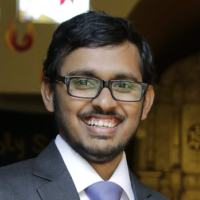
Advisor to the Foreign Minister of Panama and Asia-Latin America Expert, UNDP

Latin America Program
The Wilson Center’s prestigious Latin America Program provides non-partisan expertise to a broad community of decision makers in the United States and Latin America on critical policy issues facing the Hemisphere. The Program provides insightful and actionable research for policymakers, private sector leaders, journalists, and public intellectuals in the United States and Latin America. To bridge the gap between scholarship and policy action, it fosters new inquiry, sponsors high-level public and private meetings among multiple stakeholders, and explores policy options to improve outcomes for citizens throughout the Americas. Drawing on the Wilson Center’s strength as the nation’s key non-partisan policy forum, the Program serves as a trusted source of analysis and a vital point of contact between the worlds of scholarship and action. Read more


Indo-Pacific Program
The Indo-Pacific Program promotes policy debate and intellectual discussions on US interests in the Asia-Pacific as well as political, economic, security, and social issues relating to the world’s most populous and economically dynamic region. Read more

Explore More in Weekly Asado
Browse Weekly Asado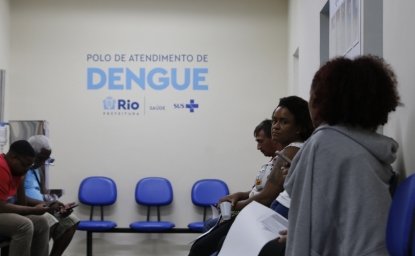
Dengue Haunts South America’s Summers
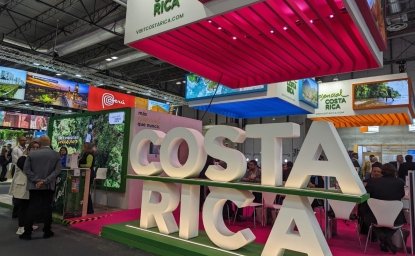
Lessons from Costa Rica’s Economic Transformation

Women and Latin America’s Digital Revolution
